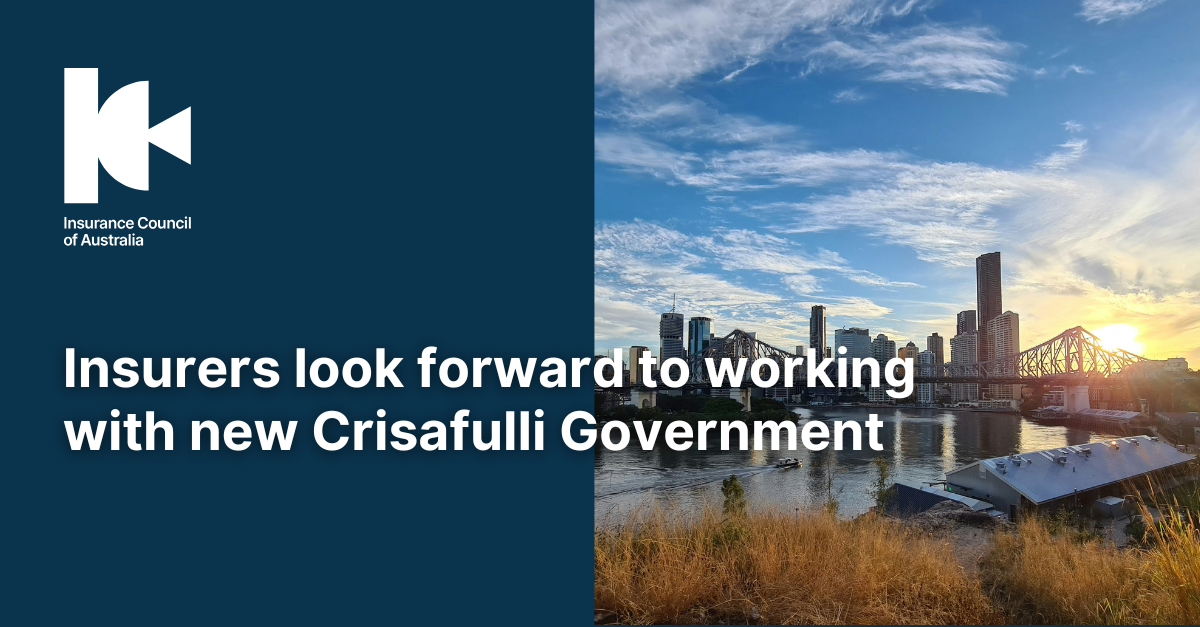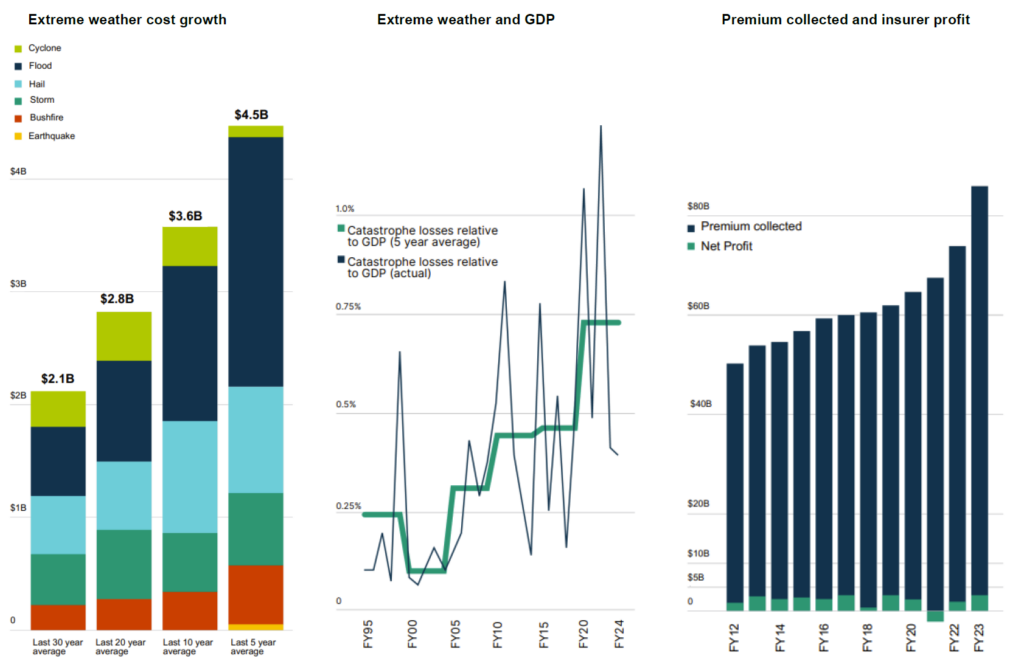Home Resilience Investment
Insurance industry welcomes North Queensland betterment program

News release
Wednesday, 26 February 2025
The Insurance Council of Australia (ICA) today welcomed the Queensland Government’s announcement of betterment grants of up to $10,000 for insurance customers impacted by the recent storms and flooding in north Queensland.
The extreme weather event, which commenced on 29 January and ran for nearly two weeks, has so far generated more than 7,000 claims, with the majority (5,485) related to damage to homes.
The Stronger Homes Grant Program announced today by Premier David Crisafulli, Minister for Disaster Recovery Ann Leahy, and Minister for Housing and Public Works Sam O’Connor will improve the resilience of homes in communities like Ingham, Cardwell, Mission Beach, Tully and Innisfail.
Insurance policies generally cover the replacement of like with like. These grants will allow insurers to undertake resilience improvements to impacted homes that are beyond the scope of the customer’s policy.
Improvements that could be implemented as result of the grants include:
• Raising laundry appliances and AC compressors on plinths or wall brackets
• Raising electrical services
• Replacing wall linings with resilient materials
Depending on the home, the cost of repairs, and the customer’s insurance cover, the program could also support replacing floors with materials such as polished concrete or tiling.
The ICA has long called for ongoing programs to be put in place that help impacted homeowners make their property more resilient to extreme weather.
Today’s announcement coincides with the release of the ICA’s Federal Election Platform, Advancing Australia’s Resilience, which calls for the creation of a ten-year, $30.15 billion Flood Defence Fund to reduce the impact of future floods, moderate insurance premiums for those living with high flood risk, and minimise the financial impact of flood recovery.
There are around 67,000 homes and 24,000 non-residential properties in Queensland facing a two or five percent risk of flooding each year.
Since 2022, Queenslanders have incurred more than $4.5 billion in claims from more than 195,000 flood-related claims.
Quote attributable to ICA Deputy CEO Kylie Macfarlane:
The Stronger Homes Grant Program announced today will make a real difference to those North Queensland residents picking up the pieces from the storms and flooding of earlier this month.
Premier Crisafulli is to be congratulated for putting this program in place and insurers and the ICA look forward to working with the Queensland Government on the program’s implementation.
Reducing flood risk though programs like these not only better protects lives and property, but is the only sustainable way to put downward pressure on premiums which are being impacted by worsening extreme weather, inflation, the increasing value of our assets, and the cost of reinsurance.






